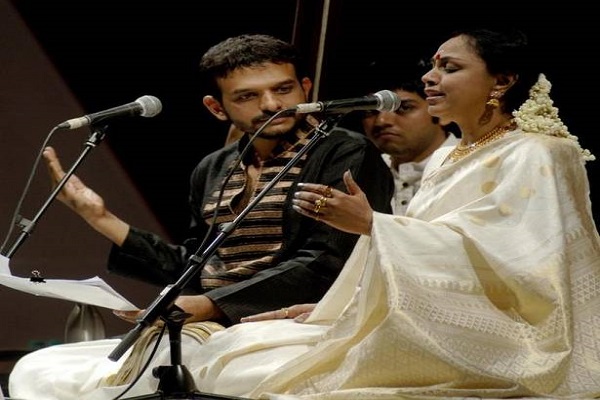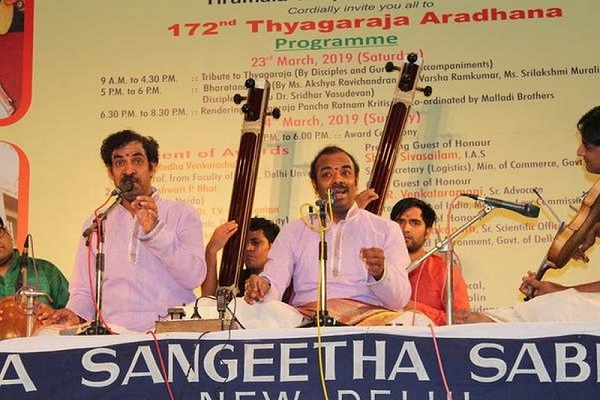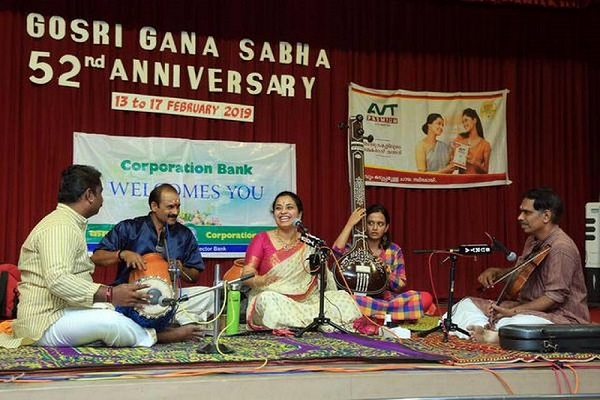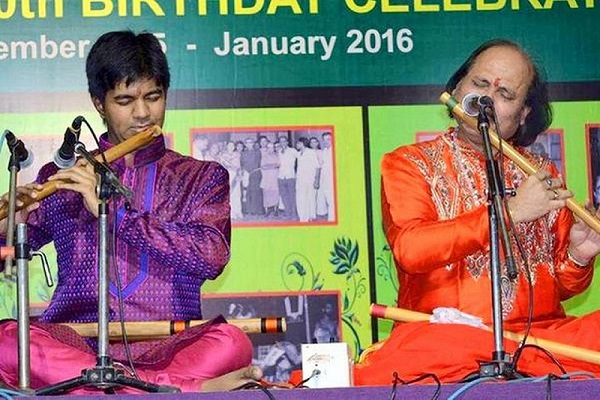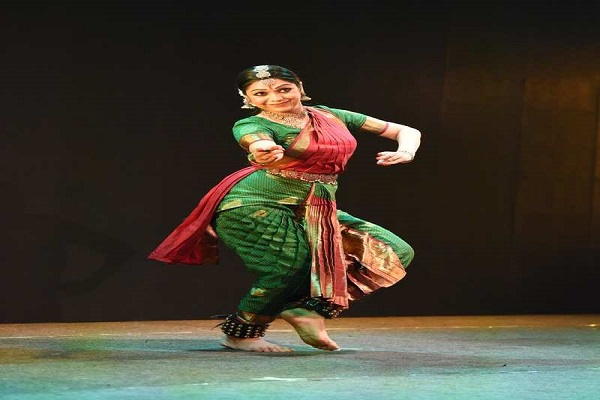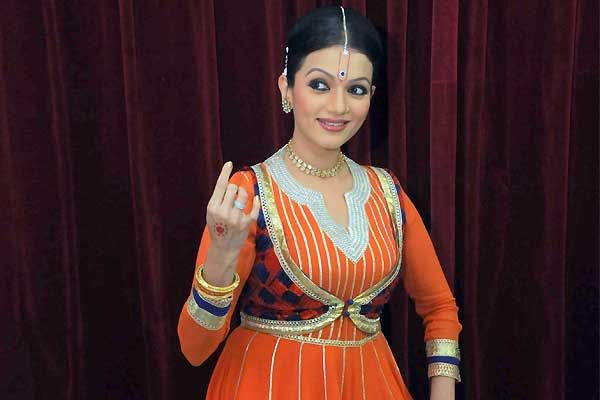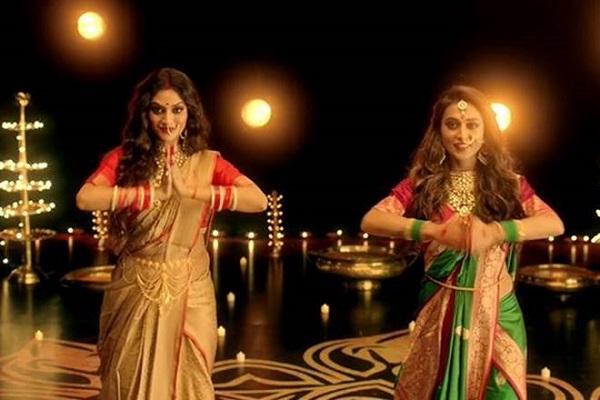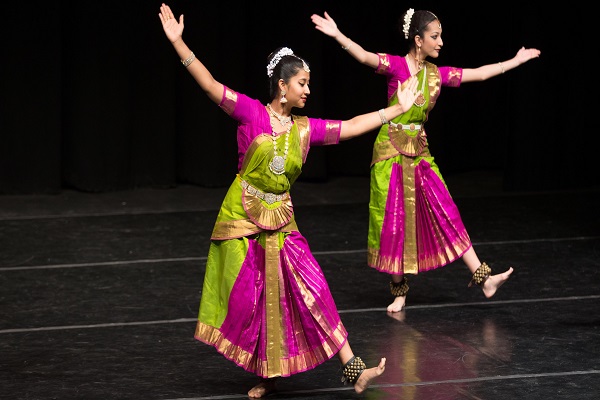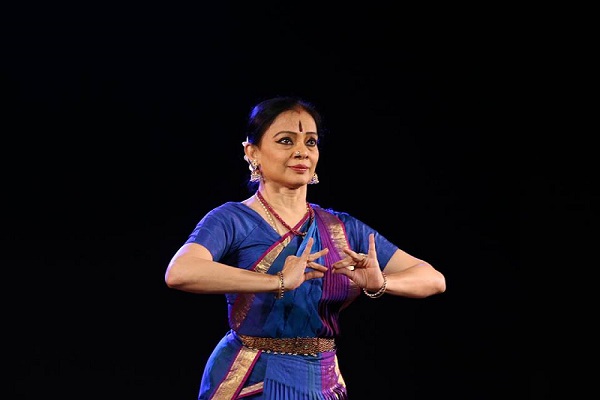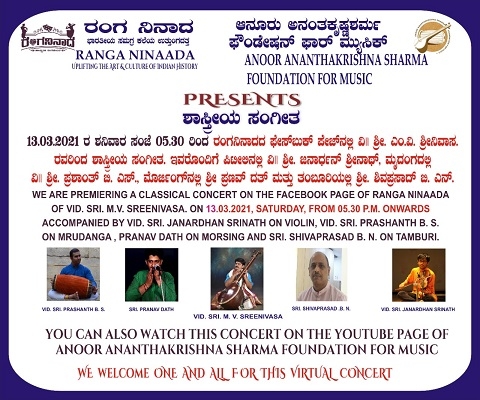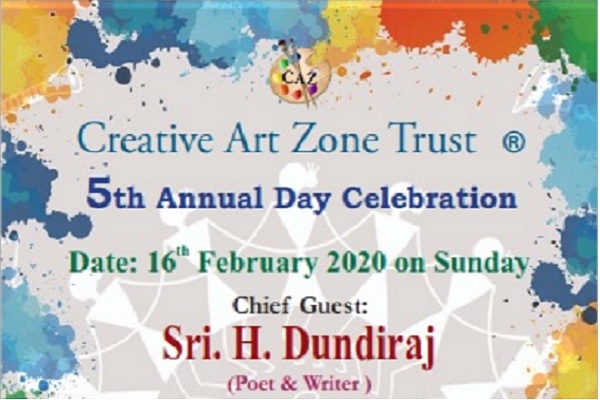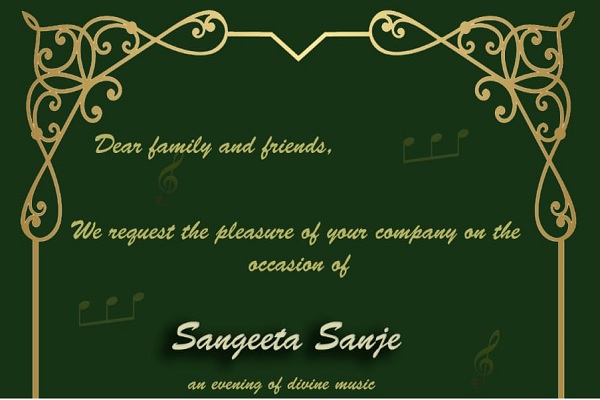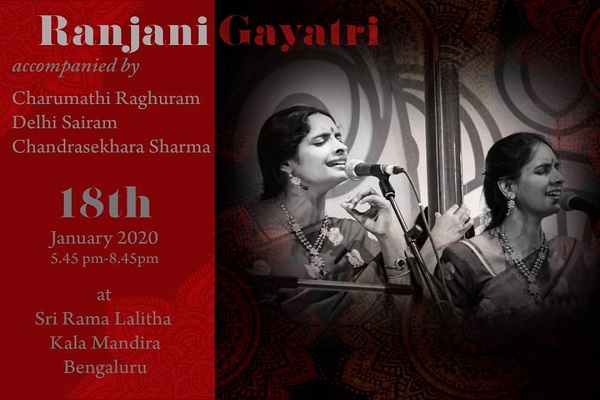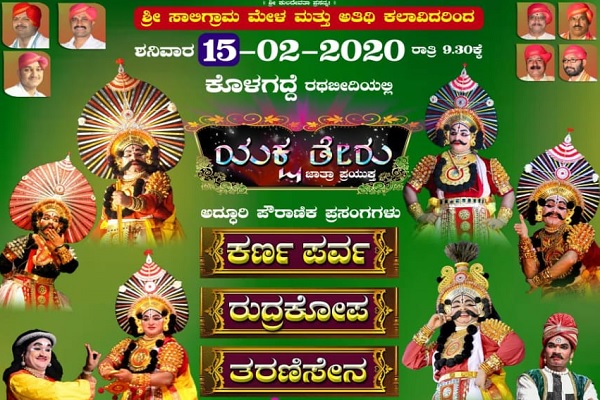You say Basant I say Bahar The jod-raga has many faces
October 12, 2019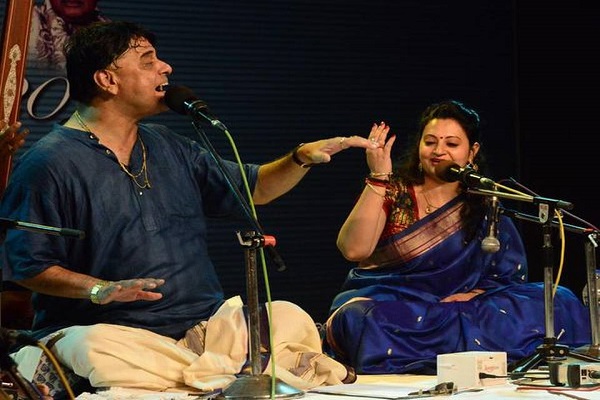
In our already well-populated ocean of Indian classical music ragas, there is one species that intrigues both performer and audience alike: the jod-raga. A combination of two ragas, it is something like a portmanteau word — you know, those clever words that blend the sounds and combine the meanings of two separate words, like motel or brunch. Or podcast, a made-up word coined from a combination of the words iPod and broadcast (or on a lighter note, nicknames like Brangelina and Saifeena).
Portmanteau itself is a combo word, made of ‘porter’, to carry, and ‘manteau’, coat; it is a large travel case for clothes, one that opens out into two parts. But let’s not digress down the fascinating rabbit hole of word origins.
To come back to jod-ragas, musicians have experimented over the ages to come up with these enchanting hybrids. There are lively and sometimes not-so-pleasant debates about who exactly invented and performed this or that jod-raga long ago, but this is an area best left to those who tend towards fractious and contentious music debates and forget about the music. For us listeners, the older jod-ragas, at one time an experiment, have slowly and surely passed into the listener’s consciousness and have become entities of their own, like a Kausi Kanada, a Lalit Bhatiyar, Jog-kaus, Madhu-kaus, and many other utterly felicitous combinations.
What is endlessly fascinating about the jod-raga is how it comes into being. Some are ‘marriages’ — two ragas wedded together, fusing and melding to produce a whole new entity. These are ragas that are complementary to each other in some way, like Basant-Bahar.
Then there are those where one of the two ragas is the boss. As a listener, you identify this one first, then settle down in anticipation of the swaras going in a particular direction. But the performer deftly knocks you off your perch by introducing a thin silvery stream of the other raga, darting through in a barely-there but unmistakable way.
Without getting into the technicalities (one can access that on the Internet with explanations, examples, sound clips), a jod-raga like Asawari-Todi comes about with the interplay of Poorvang and Uttarang ragas (which describe which part of the octave they reside in). A skilled musician balances his presentation on that wonderful see-saw and takes you swaying up and down on both sides, while sometimes staying in suspended animation right in the middle, so you see the faces of both ragas.
Rising Talents
-
Vidushi Vasudha Sharma at present is a disciple of Pandit Indudhar Nirodi, Musical Maestro of Agra Gharana, By the indispensable endorsement of her husband Sri Narasimha Murthy, a Mridangist, She is performing in many prestigious venues. Vidushi Vasusdha Sharma is not only a noted performer but also an able mentor. She had tuned and nurtured more than 2000 students. She has rendered more than 1000 recitals on the most prestigious festivals Sahyadri Utsava, Sharavathi Utsava, Ikkeri Utsava, Karavali Utsava, Anany Sangeetotsava, State Music and Dance Academy, Vadiraja Sangeetotsava, Savay Gandharva Kudogola. She is recipient of ‘Malenada Siri’, ‘Gayana Ganga’, ‘Havyaka Shree’, ‘Sangeetamritavarshini’, ‘Kala Keerthana’ awards also has been rewarded from different Institutions and recently she is rewarded as the courtier Musician of Sri Siddavrishabendra Samsthana Mata, Jade.
more events

